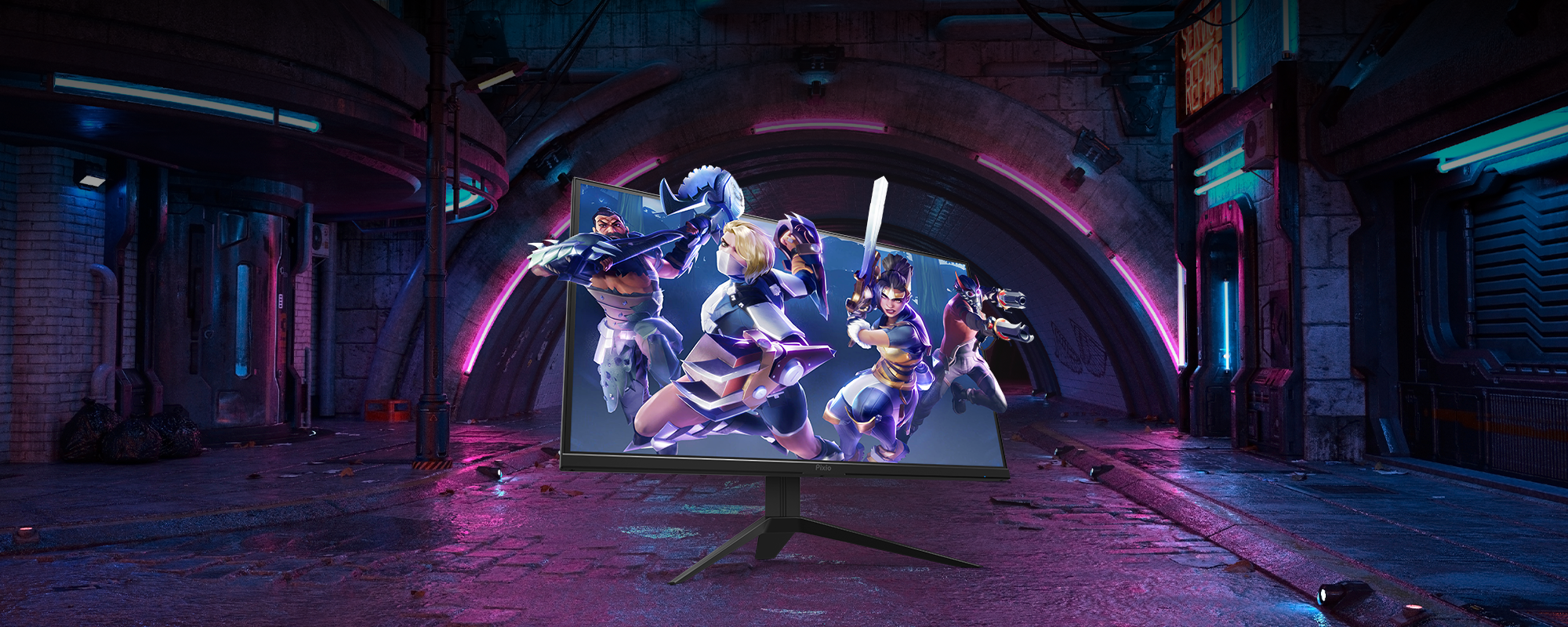
Gaming monitors are the backbone of any immersive gaming experience, but like any electronic device, they can have issues from time to time. If you're a gamer, you know how frustrating it can be when your gaming monitor starts acting up. From screen flickering to dead pixels and connectivity issues, there are many potential problems that can arise with your monitor.
In this post, we'll explore some common gaming monitor issues and provide in-depth troubleshooting tips and tricks to fix them. By following these guidelines, you can keep your gaming setup running smoothly and enjoy uninterrupted gaming sessions.
-
Screen Flickering: One of the most common issues with gaming monitors is screen flickering. This issue can be caused by several things, such as a faulty cable, outdated drivers, or a damaged screen. First, check the cables and make sure they're properly connected. If that doesn't solve the issue, update your graphics card drivers or try a different cable. If the issue persists, it may be a hardware problem, and you should contact the manufacturer.
-
Dead Pixels: Dead pixels are small dots on the screen that don't display any color. They can be caused by manufacturing defects or physical damage. Some manufacturers have policies that allow you to return a monitor with dead pixels, so check the manufacturer's warranty policy. If the warranty has expired, try using a pixel repair tool to fix the issue. You can also massage the area around the dead pixel gently, which can sometimes revive it.
-
Connectivity Issues: Connectivity issues can be another major headache for gamers. If your gaming monitor is not connecting to your computer, first check the cables and make sure they're properly connected. If the cables are fine, make sure the monitor is set to the correct input source. If the issue persists, try connecting the monitor to another device to see if it's a problem with the monitor or the computer. You can also try resetting the monitor's settings to default.
-
Image Ghosting: Image ghosting occurs when an image on the screen leaves a faint trail behind it. This can be caused by a slow response time, outdated graphics card drivers, or a damaged screen. First, check your graphics card drivers and update them if necessary. If the issue persists, check the response time of your monitor and consider upgrading to a monitor with a faster response time. Some monitors also have an overdrive setting that can reduce ghosting.
-
Overheating: Overheating can cause the screen to flicker or turn off completely. Make sure your monitor is in a well-ventilated area and not near any heat sources. You can also use a monitor cooling pad to help regulate the temperature. Some monitors have built-in temperature sensors and will automatically adjust their settings to prevent overheating.
By using these troubleshooting tips and tricks, you can keep your gaming monitor running smoothly and avoid any interruptions during your gaming sessions. Remember to always check your manufacturer's warranty policy before attempting any DIY repairs, and don't hesitate to contact the manufacturer for further assistance if needed. With a little patience and persistence, you can fix most common gaming monitor issues and enjoy uninterrupted gaming sessions.

0 comments